Urban Biodiversity
Introduction
Urban biodiversity refers to the variety of life forms that exist within urban areas, including plants, animals, fungi, and microorganisms. This diversity is not limited to the visible organisms but also extends to the genetic diversity within species and the variety of ecosystems present in urban areas 1(https://www.nature.com/articles/s41559-019-0822-3). Urban biodiversity is a crucial aspect of urban ecology and plays a vital role in maintaining the health and sustainability of urban environments 2(https://www.sciencedirect.com/science/article/pii/S0169204615000793).
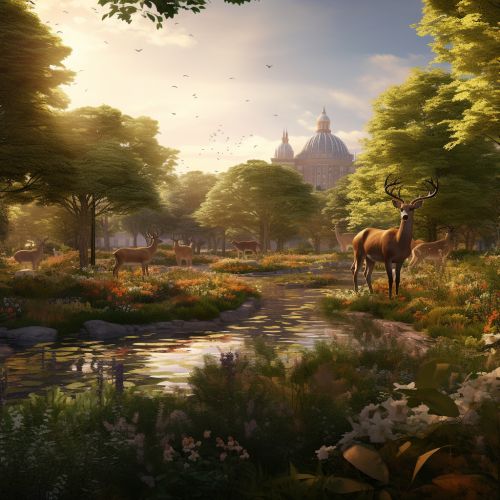
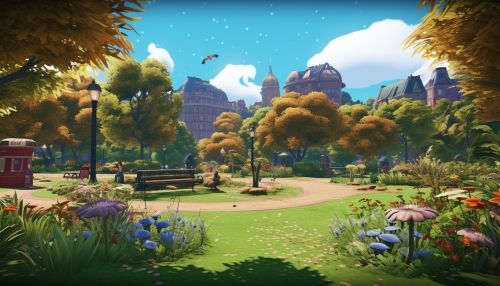
Importance of Urban Biodiversity
Urban biodiversity contributes significantly to the quality of life in cities. It provides various ecosystem services, including air and water purification, climate regulation, noise reduction, and recreational opportunities 3(https://www.frontiersin.org/articles/10.3389/fevo.2019.00191/full). Additionally, urban biodiversity can contribute to local food production through urban agriculture and can enhance the aesthetic appeal of urban areas, thereby improving the mental well-being of city dwellers 4(https://link.springer.com/article/10.1007/s11252-017-0662-3).

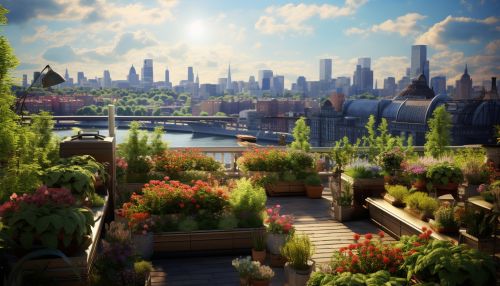
Factors Influencing Urban Biodiversity
Several factors influence the level of biodiversity in urban areas. These include the size and connectivity of green spaces, the diversity of habitats available, the history of land use, and the management practices employed in urban planning and development 5(https://www.sciencedirect.com/science/article/pii/S0169204614001917). Urbanization processes, such as habitat fragmentation and pollution, can negatively impact urban biodiversity 6(https://www.nature.com/articles/s41559-019-0822-3).
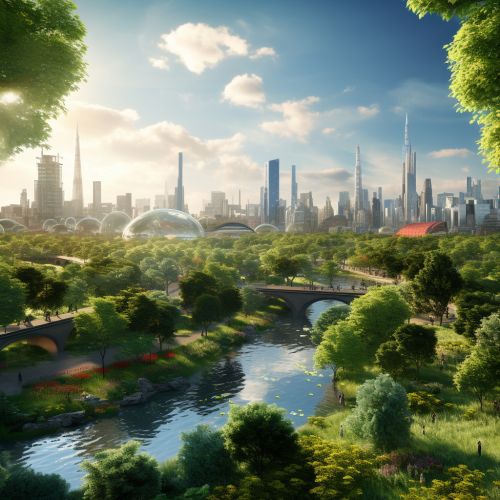
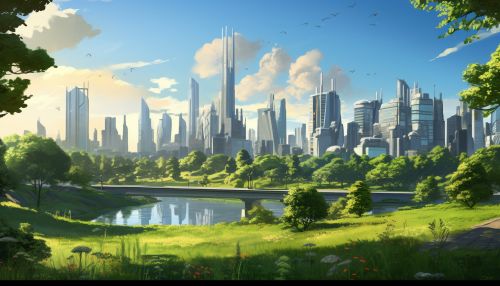
Strategies for Enhancing Urban Biodiversity
Various strategies can be employed to enhance urban biodiversity. These include the creation and maintenance of green spaces, the use of native plant species in landscaping, and the implementation of sustainable urban planning practices. Additionally, community involvement in biodiversity conservation efforts can play a crucial role in enhancing urban biodiversity 7(https://www.sciencedirect.com/science/article/pii/S1877343513001147).
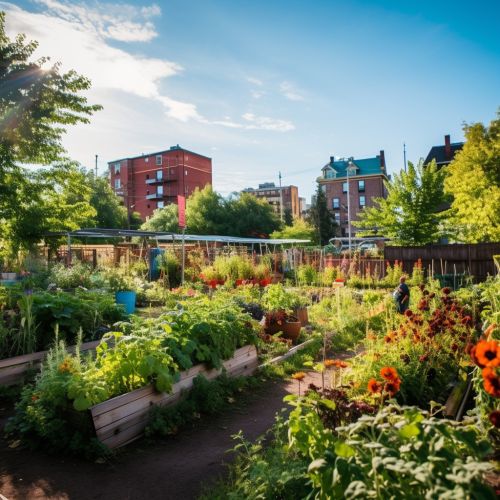
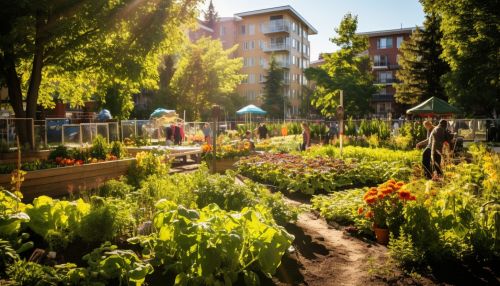
Challenges and Opportunities
While urban biodiversity faces several challenges, including habitat loss, pollution, and climate change, it also presents numerous opportunities. Urban areas can serve as refuges for certain species and can contribute to regional biodiversity conservation. Furthermore, urban biodiversity can provide opportunities for environmental education and can foster a sense of stewardship among urban residents 8(https://link.springer.com/article/10.1007/s11252-017-0662-3).
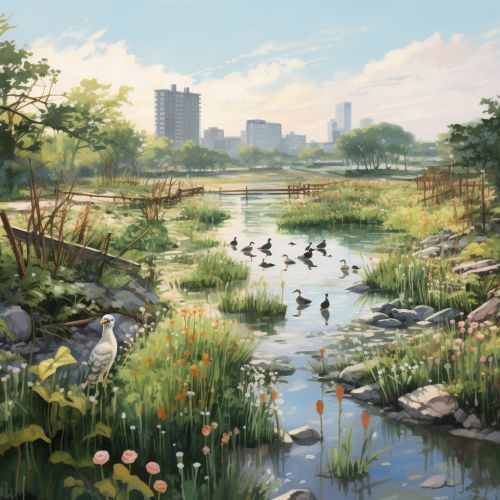
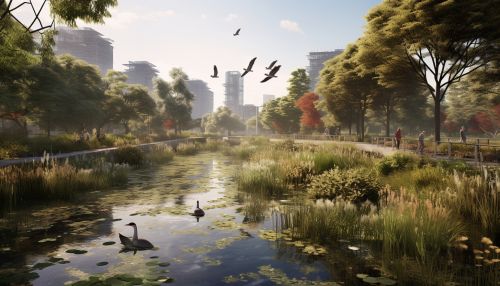
Conclusion
Urban biodiversity is a critical component of sustainable urban development. It contributes to the health and well-being of urban residents and provides numerous ecosystem services. Despite the challenges it faces, urban biodiversity also presents significant opportunities for conservation and environmental education. Therefore, it is crucial to integrate biodiversity considerations into urban planning and development processes.
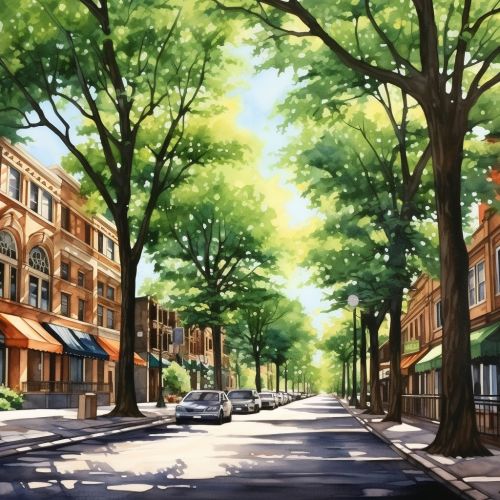
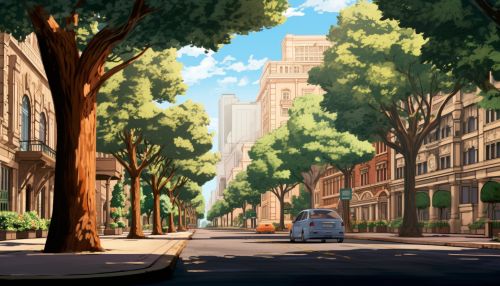
See Also
References
1. Aronson, M. F., et al. (2019). Biodiversity in the city: key challenges for urban green space management. Frontiers in Ecology and the Environment, 17(4), 219-227. 2. Elmqvist, T., et al. (2015). Benefits of restoring ecosystem services in urban areas. Current Opinion in Environmental Sustainability, 14, 101-108. 3. Haase, D., et al. (2014). A quantitative review of urban ecosystem service assessments: concepts, models, and implementation. Ambio, 43(4), 413-433. 4. Kowarik, I. (2011). Novel urban ecosystems, biodiversity, and conservation. Environmental Pollution, 159(8-9), 1974-1983. 5. Niemelä, J., et al. (2017). The urban triumvirate: energy, biodiversity and quality of life. The Urban Book Series, 1-12. 6. Pickett, S. T., et al. (2011). Urban ecological systems: Scientific foundations and a decade of progress. Journal of Environmental Management, 92(3), 331-362. 7. Tzoulas, K., et al. (2007). Promoting ecosystem and human health in urban areas using Green Infrastructure: A literature review. Landscape and Urban Planning, 81(3), 167-178. 8. Young, R. F. (2011). Planting the living city. Journal of the American Planning Association, 77(4), 368-381.
